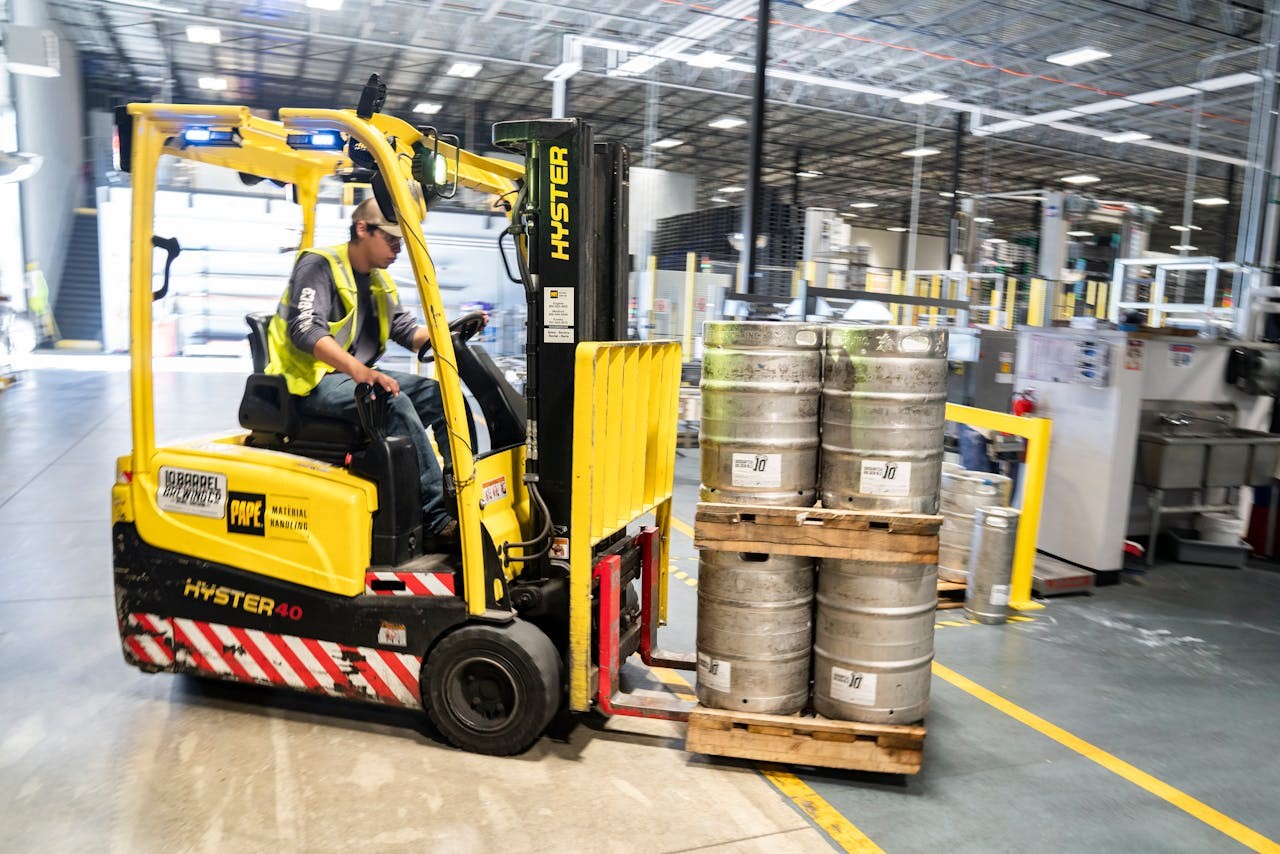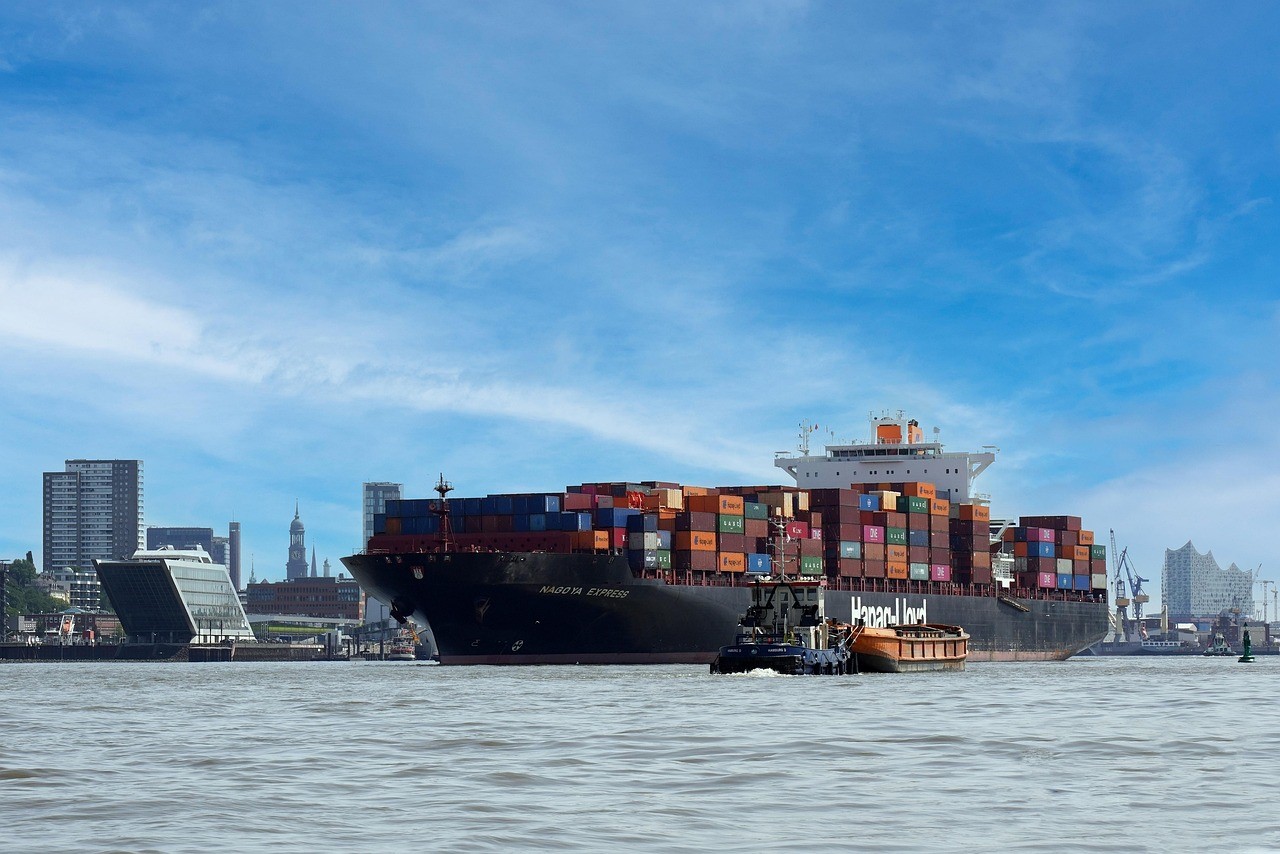
The purpose of the EU Omnibus simplification package related to sustainability reporting is to give companies additional time to prepare for CSRD-compliant reporting, clarify reporting requirements, and ease reporting obligations especially for SMEs. The current ambiguity is particularly challenging for so-called second-wave companies, which were originally expected to begin reporting at the start of 2026.
Read more: EU’s Omnibus – What is it and what’s the current status?
Where does the EU’s Omnibus stand right now?
The first legislative proposal of the Omnibus I package (the so-called Stop the Clock directive), which delays the timelines for sustainability reporting and the corporate sustainability due diligence directive, was approved by the European Council on April 14, 2025. The directive has been published in the EU’s Official Journal, an it entered into force the day after publication. The changes introduced by Omnibus I must be transposed into national legislation by the end of 2025.
EFRAG (European Financial Reporting Advisory Group), the body responsible for the ESRS standards, is currently working to simplify and clarify the standards. A public consultation was open for the proposed changes, and all stakeholders could provide feedback until May 6, 2025. The European Commission expects EFRAG to submit its proposal for the revised ESRS standards by October 31, 2025.
How is this change perceived?
The EU Omnibus simplification package has received both praise and criticism, depending on perspective.
Smaller companies under the CSRD directive may welcome the reduced regulatory burden. Companies potentially exempt from CSRD reporting would no longer need to significantly develop their capabilities and processes to meet comprehensive sustainability reporting requirements, thereby reducing administrative costs and bureaucracy. However, it is still unclear where the new company size threshold will be set.
For second-wave companies, the Stop the Clock decision — a two-year postponement of reporting obligations — provides a more realistic timeline. This gives them more time to develop processes aligned with reporting principles, easing the transition and helping avoid last-minute mistakes.
On the other hand, these changes may reduce the ambition for advancing corporate sustainability. Eased requirements and more limited reporting could slow down sustainability development and the achievement of environmental goals. These decisions may also slow the EU’s progress toward its green transition.
Some sustainable finance organizations and investors have raised concerns that weaker CSRD reporting could reduce corporate transparency, making ESG investing riskier. Access to reliable ESG data remains essential for green finance and achieving the EU’s climate objectives.
Many companies have also expressed frustration due to the uncertainty caused by the Omnibus I package. Considerable work has already gone into CSRD preparation, and the unclear situation is now affecting planning, internal decision-making, and resource allocation. For companies that may ultimately fall outside the directive’s scope, the situation is especially confusing.
Despite all this, committed sustainability efforts continue
Changes in regulation do not change companies’ operating environments. Climate change hasn’t been canceled. The loss of biodiversity hasn’t been stopped. The importance of skilled and motivated personnel for business success has not disappeared. Customers, investors, and financiers still expect ESG transparency — even if legal obligations change.
Even if a company is no longer legally required to report, most will still need to provide reliable ESG data to investors, banks, and supply chain partners.
-
Buyers will continue requesting sustainability reporting from suppliers to fulfill their own reporting obligations.
-
Financial institutions may require ESG data for credit risk assessment and investment decisions.
-
Customers and employees increasingly expect corporate transparency around sustainability.
After discussing with several second-wave companies, we are glad to report that Finnish sustainability leadership remains strong. Most companies we’ve spoken with intend to continue developing their sustainability work and to report on it comprehensively — even though it is still unclear whether they will be covered by CSRD in the future.
Behind this lies the conviction that sustainability remains a strategic priority for companies. Moreover, given the significant work already done to prepare for CSRD, it would be wasteful to abandon these efforts.
If I represent a second-wave company, what should I do now?
Second-wave companies now have two additional years to prepare for reporting. How can this extra time be used most effectively? Here’s a summary of key points to consider:
1. Understand the strategic and operational implications
Assess what the regulatory changes mean for your company at both strategic and operational levels:
-
Do they affect your business strategy?
-
Do they influence your strategic sustainability goals?
-
What do the changes mean for your annual sustainability reporting?
-
Do they alter stakeholder expectations?
Even though regulation is easing, companies shouldn’t scale back their sustainability efforts. Instead, use the new flexibility strategically to build long-term competitiveness. Communicate with stakeholders about whether and how regulatory changes impact your sustainability strategy.
2. Continue CSRD preparations
Especially if your company is likely to fall under CSRD in the future, it is wise to continue your sustainability development work. Now is the time to:
-
Evaluate your current CSRD readiness.
-
Identify weak points in your reporting processes.
-
Deepen your understanding of the assurance process and verifier expectations.
-
Focus on strategically important and material topics to ensure next year’s reporting is even stronger.
Avoid last-minute pressure by staying on course with your current CSRD-related plans and making the most of this “extra time.”
3. Keep reporting on sustainability
Even though the CSRD timeline has shifted and you have gained more preparation time, investor, bank, and supply chain expectations for sustainability transparency remain high.
If your company is likely to be excluded from CSRD and has previously published a sustainability report, nothing needs to change. Continue publishing a sustainability report — but under which framework or standard?
Many companies are choosing to report voluntarily under CSRD and ESRS ahead of time to maintain credibility, especially since they are already well prepared. For example, the 2025 sustainability report can be based on ESRS standards and a double materiality analysis. This also offers a chance to test your reporting processes and ESG data quality.
4. VSME vs. CSRD: Make an informed choice
We’ve compared the ESRS standard requirements with the new Voluntary Sustainability Reporting Standard for SMEs (VSME). Our view: companies likely to remain under CSRD should continue aligning with ESRS in terms of processes, ESG data quality, and frameworks — rather than temporarily switching to VSME, despite the latter’s more logical and significantly simpler approach.
Read more: What is the new voluntary VSME standard?
5. Prioritize high-quality, numerical ESG data
Even in the ESRS simplification process, the importance of quantitative data remains central. Accurate carbon accounting (Scope 1, 2, and 3 emissions) and robust ESG metrics are critical for business development, compliance, and market trust.
6. Update your double materiality assessment
The current version of the directive requires an annual update of the double materiality assessment. This is also beneficial to the company. Business environments are evolving rapidly, and your company’s strategy is being developed.
Revisit and revise your previous materiality analysis before drafting your first CSRD-compliant sustainability report. Use this time to better identify and assess potential climate, biodiversity, and human rights risks — and gather valuable insights for green transition planning and business resilience.
7. Stay informed about regulatory changes
Companies should monitor developments and assess their impact both strategically and operationally. Tofuture’s expert team can help you navigate these changes, use the extra time wisely, and determine the best reporting approach for your company.
Stay focused on the value of sustainability
While the Omnibus I proposal introduces delays, simplifications, and threshold changes, sustainable development and ESG risk management remain key business priorities.
Avoid a short-term mindset focused only on minimum compliance. Focus instead on the value of sustainability, not just the rules. Turn ESRS requirements into a business development opportunity that incorporates ESG risks and opportunities. Collecting and analyzing high-quality non-financial data is a key factor in a successful sustainability transition.
The challenges facing our planet and people remain just as real — and companies must continue to be part of the solution.

































